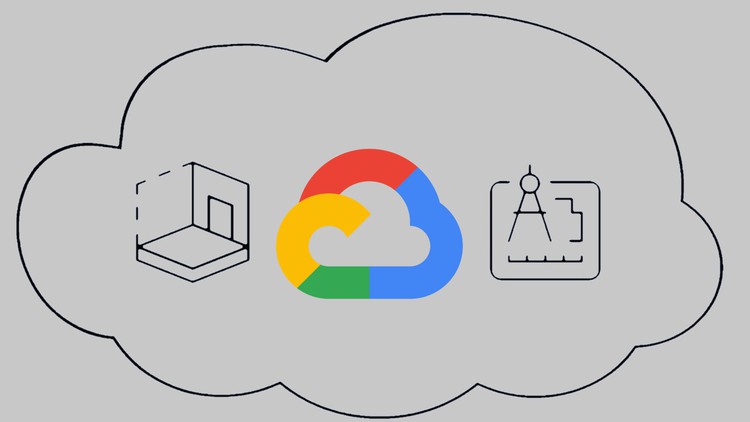1. Introduction
2. Cloud SQL
3. Cloud SQL Pricing
4. Creating and Connecting to Cloud SQL
5.1 connect cloud sql.txt
5. Connecting the Catalog to the Database
6. Securing the Catalog Database Connection
7. Connecting the Inventory to the Database
8. Securing the Inventory Database Connection
9. AlloyDB
10. Using AlloyDB
11. Spanner
12. Using Spanner
13. BigTable
14. SQL vs NoSQL
15. Designing BigTable Schema
16. Working with BigTable Data
17. Other Types of Data Requests.html
18.1 BigTable-cbt-commands.txt
18.2 cbt tool reference.html
18. Creating BigTable
19.1 order-function-bigtable.zip
19. Connecting the Orders Function to BigTable
20. Deleting BigTable
21. Firestore
22.1 firestore-api.txt
22. Using Firestore
23. BigQuery
24. Using BigQuery
25. Memorystore
26. Creating Memorystore and Connecting to the Catalog
27.1 cloud-run-to-memory-store.txt
27. Connecting Cloud Run to Memorystore
28. Connecting GKE to Memorystore
29. Cloud Storage
30. Using Cloud Storage
31. Signed URL
32.1 signed-url-commands.txt
32. Using Signed URL
33.1 order-function-cloud-storage.zip
33. Connecting Order Function to Cloud Storage
34.1 cloud-run-to-memory-store.txt
34. Connecting Shopping Cart to Order Function
35. Bringing it all together
36. Current Architecture
37.1 S14 Slides.pdf
37. How to Select Data Store Solution
38. Test Your Knowledge Data Store Services.html

